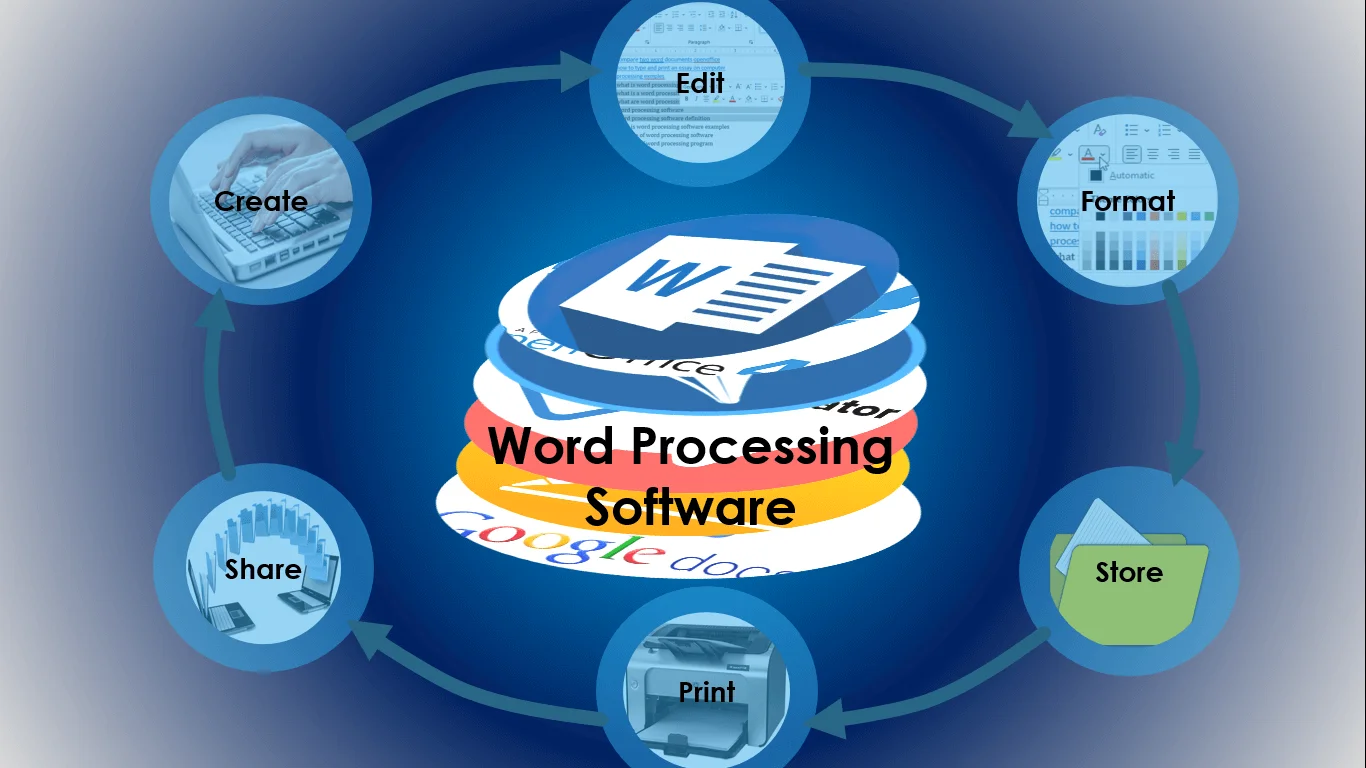
In today’s digital age, the concept of word processing is so deeply integrated into our daily lives that it’s easy to take it for granted. We effortlessly create, edit, and share documents with just a few clicks or taps. But the journey of word processing has been a fascinating one, marked by innovation, transformation, and technological leaps. Join us as we delve into the history and evolution of word processing, from its humble beginnings to the powerful software we use today.
1. The Typewriter Era
In the late 19th century, before computers and software, the typewriter reigned supreme as the primary tool for document creation. These mechanical marvels allowed individuals to produce written content more quickly and neatly than ever before.
2. The Birth of Word Processing
2.1 Early Attempts
The concept of word processing began to take shape in the early 20th century with inventors like Charles Babbage and his “analytical engine.” Although these early machines were far from practical for everyday use, they laid the groundwork for future developments.
2.2 The Advent of Computers
With the invention of electronic computers in the mid-20th century, word processing took a giant leap forward. Early computer systems like the UNIVAC I allowed users to create and edit documents electronically.
3. The Rise of Word Processing Software
3.1 WordStar: The Pioneer
In the 1970s and 1980s, the software industry saw the emergence of the first word processing programs. WordStar, introduced in 1978, was a trailblazer in this regard, making it easier for individuals and businesses to manage their documents.
3.2 Microsoft Word: A Game-Changer
In 1983, Microsoft introduced Word, which quickly became a dominant force in word processing. Its user-friendly interface and robust features made it a staple in offices worldwide.
4. The Digital Revolution
4.1 Internet Integration
The advent of the internet in the late 20th century revolutionized word processing. It allowed for real-time collaboration and the ability to access documents from anywhere in the world.
4.2 Cloud-Based Solutions
Cloud-based word processing applications like Google Docs and Microsoft 365 further transformed the way we work with documents. They brought unparalleled convenience and collaboration to the forefront.
5. The Mobile Era
As smartphones and tablets became ubiquitous, word processing on the go became a reality. Apps like Apple Pages and Google Docs made it possible to create and edit documents from the palm of your hand.
6. AI and the Future
6.1 Natural Language Processing
The integration of AI and natural language processing into word processing software has opened new doors. These technologies help with grammar checking, content suggestions, and even automated document generation.
6.2 Voice-Activated Word Processing
Voice recognition and dictation have become integral parts of word processing, making it even more accessible to people with disabilities and those on the move.
Conclusion
The evolution of word processing from the clunky typewriters of the past to the sophisticated software and AI-driven tools of today is a testament to human ingenuity. As technology continues to advance, word processing will undoubtedly evolve further, making it even more seamless and efficient for generations to come.